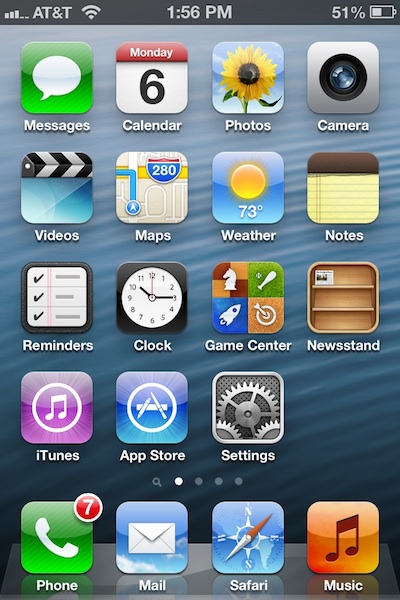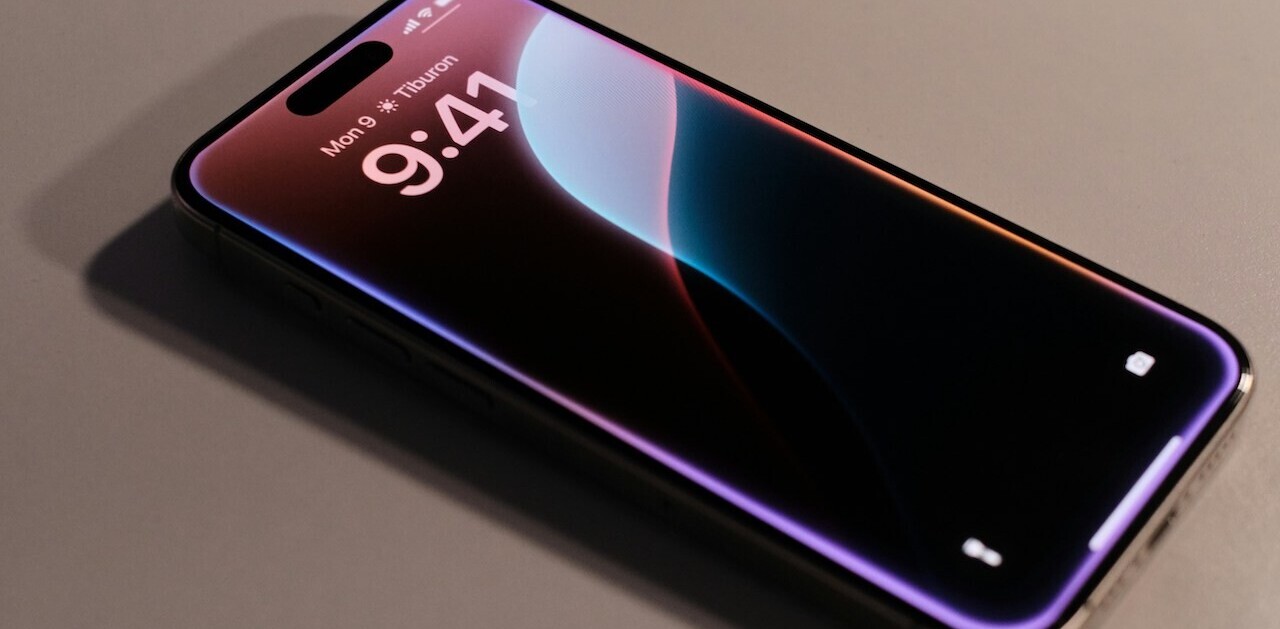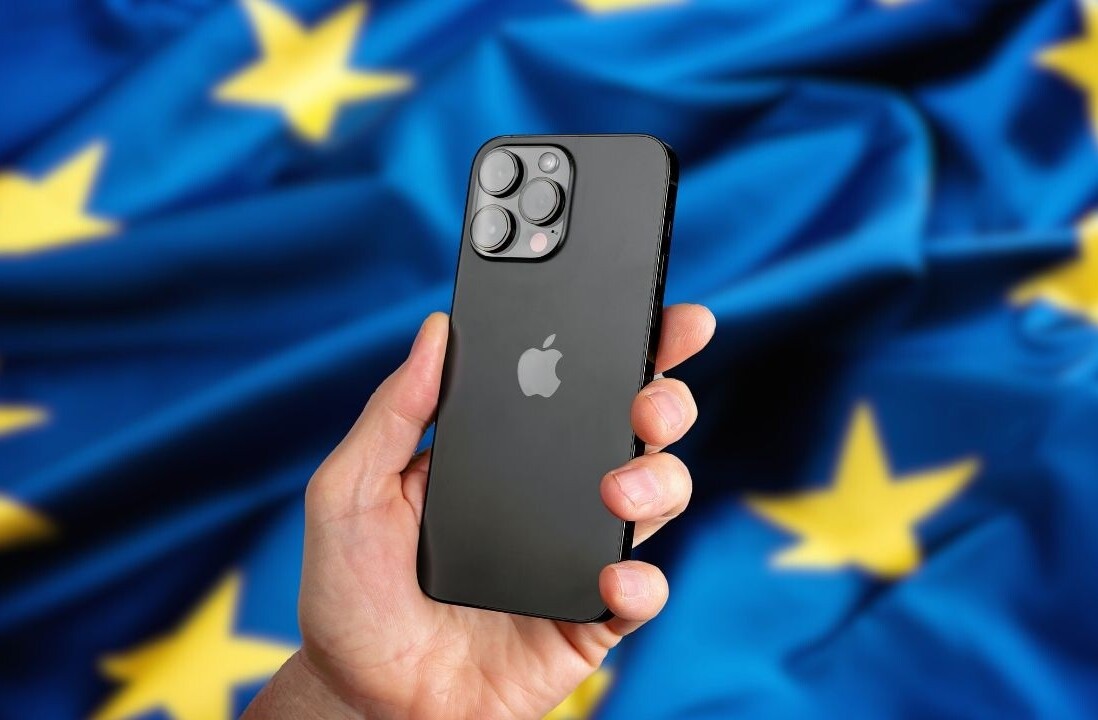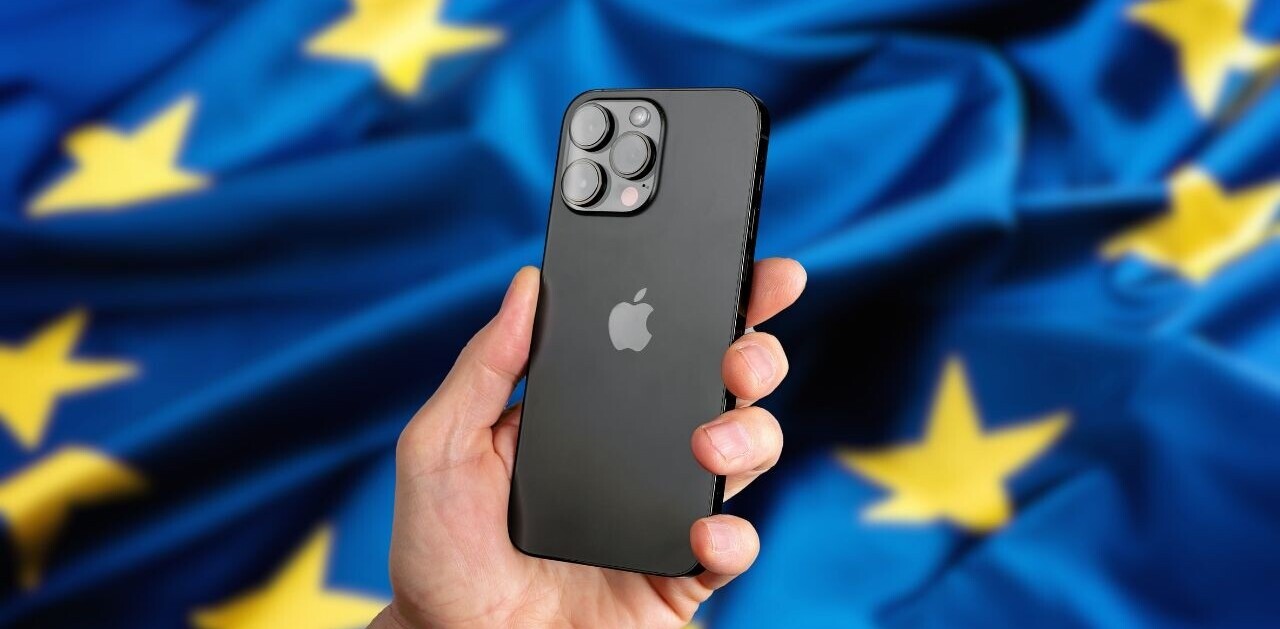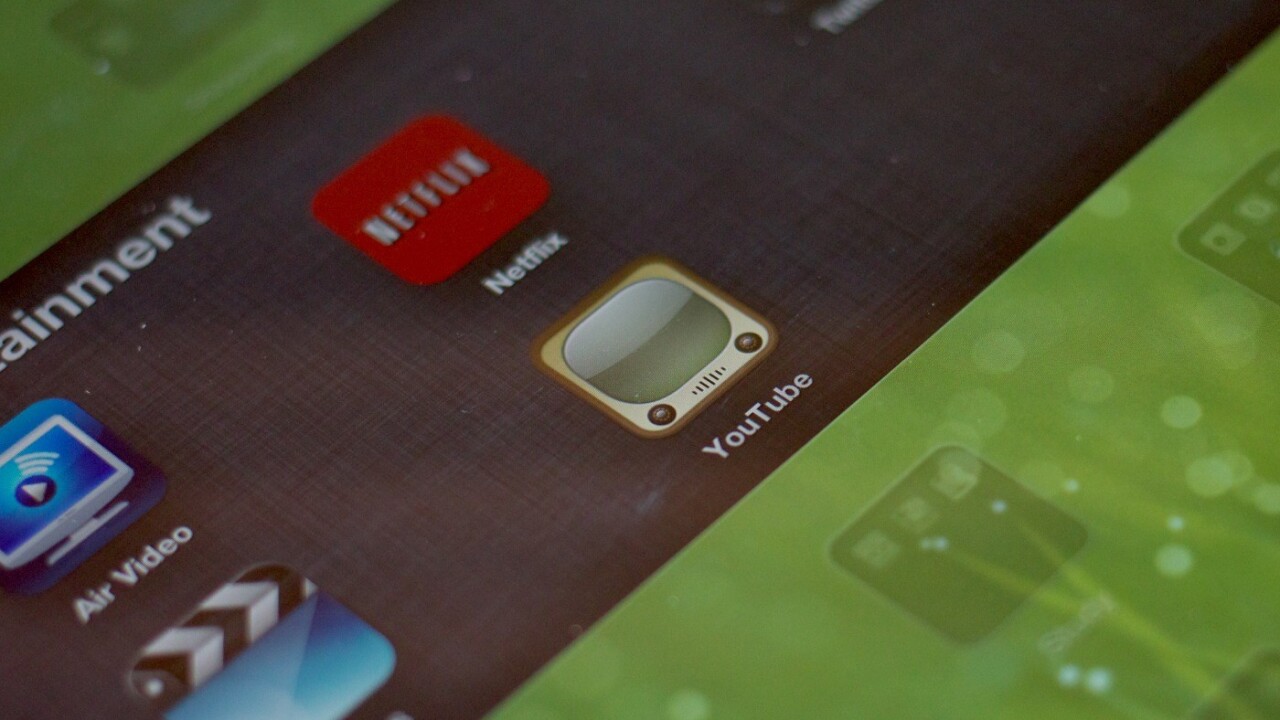
If the reports coming in today are accurate, then Apple will remove the YouTube app from its iOS devices with the iOS 6 software update this fall. Both Macrumors and 9to5Mac are reporting that it is gone from the current beta. Updated with statement from Google below.
Apple then issued a statement to The Verge:
Our license to include the YouTube app in iOS has ended, customers can use YouTube in the Safari browser and Google is working on a new YouTube app to be on the App Store.
This move doesn’t surprise me in the least, and here’s why it shouldn’t surprise you either:
- Apple doesn’t need it any more. The native YouTube app was an effort to legitimize HTML5-compatible video. Apple used it as leverage, got the entire YouTube catalog converted over to iPhone-friendly video and everyone else followed suit. If you were an iPhone user in the early days, you’ll remember that the entire catalog wasn’t available at launch. Google, who had recently purchased YouTube, started crunching through all of the videos, converting them over to HTML containers and caught up some months afterwards. This was a huge factor in the sidelining of Flash video. Now, HTML5-compatible MP4 video is the standard so Apple doesn’t need a native YouTube presence built into iOS any more.
- This year is all about getting rid of Google. We’ve heard from numerous sources over the past several months that this year Apple is going all-out to remove Google’s influences from iOS as much as possible. There is a genuine ‘out to get Google’ mentality at Apple HQ this cycle. This includes combatting them head-to-head with apps like Maps and hitting the gaps in their product line like a smaller iPad mini and cheaper iPhones across the board. Apple has been working to divorce Google for some time, and the omission of YouTube from Mountain Lion’s video sharing options (which include Vimeo), was no accident.
- Google will be able to push updates faster. The YouTube app has remained mostly static since its introduction on the first iPhone, with some small exceptions. By taking the reins of its own app, Google can iterate quickly and match the experience on the web and in its mobile app more thoroughly.
- Google stands to make a ton of money from ads. If Google is developing its own YouTube app, it’s likely to be able to show the pre-roll ads and other types of advertising that it loves so much on its YouTube site. The native Apple YouTube app would never have shown ads like this, and Google would likely want to get those ads displaying on mobile everywhere. An enormous percentage of Google’s revenue comes from search on iOS devices and there is a fantastic opportunity here to cash in on mobile views. So don’t think that this was all Apple’s move. I mentioned ads as a motive back in November of 2011:
“Once again the lack of advertising here makes [the native app] a more attractive feature for Apple than it does for Google, who could play pre-roll ads and more via their web app.”
Remember, though, that Google’s YouTube app will likely be at a disadvantage to Apple’s native one. The hooks that normally direct a user out to the app will now simply play in Mobile Safari, rather than bumping people out to the app. The same behavior exists with Chrome, which can’t grab links from other apps to display them. This will put the app at a major disadvantage right out of the gate. Google will likely revamp its site to specify its own app’s URL scheme, which could send the user out to its app, mitigating some of this behavior.
So, the deal surrounding the YouTube app is all about Google’s desire to get ads in front of a huge, untapped market of viewers, and Apple’s desire to exit Google from as much of its iOS platform as humanly possible. Next up is the hardest nut to crack: Search.
Update: A statement from Google:
We are working with Apple to ensure we have the best possible YouTube experience for iOS users.
Follow the latest Apple news right now at TNW Apple.
Get the TNW newsletter
Get the most important tech news in your inbox each week.
